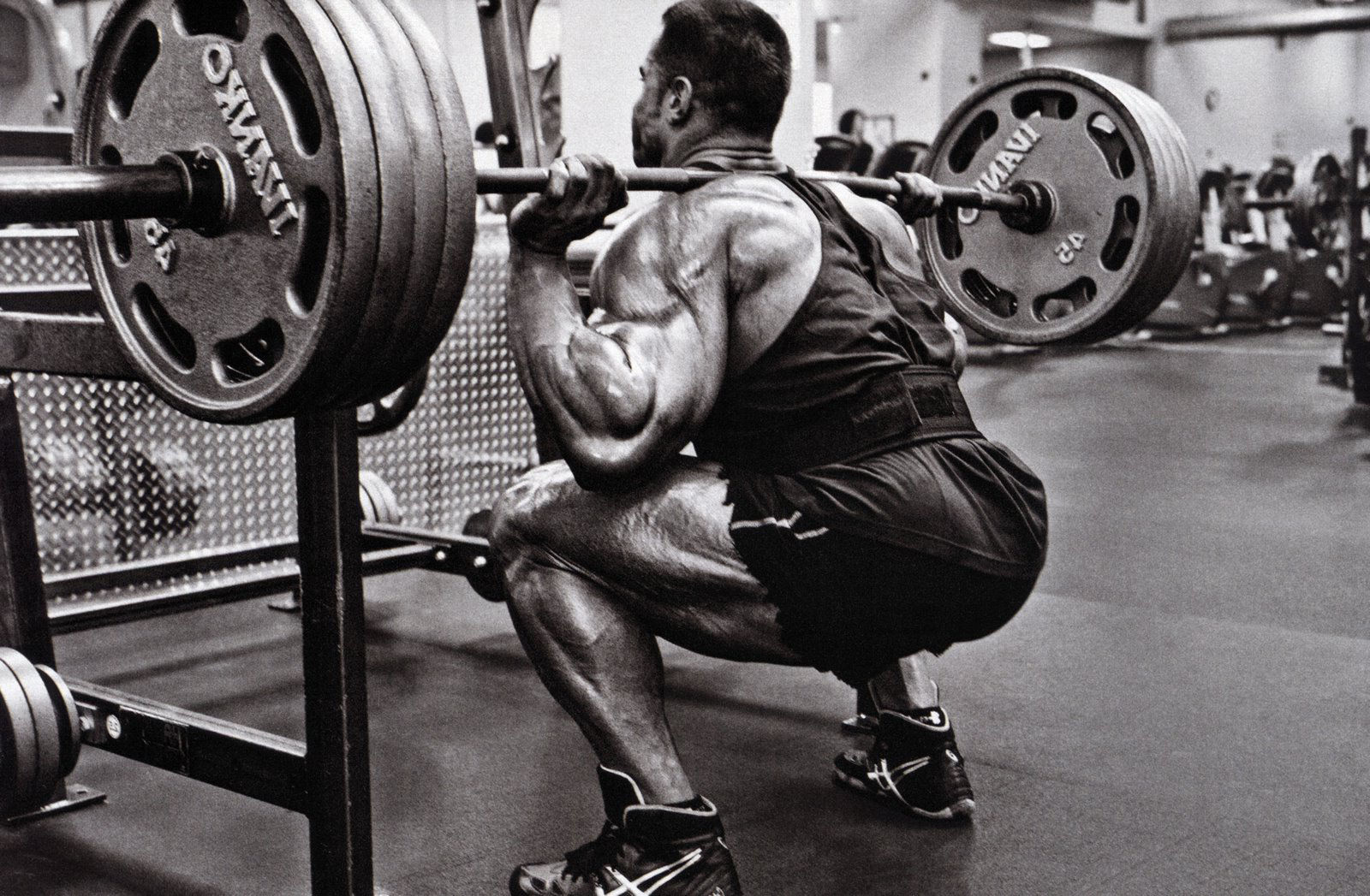Squats should be at the heart of any strength and conditioning programme. Here is another great training session using the principles of mixed method training. This is a tough, but can be adapted to trainers of any level simply by adjusting the weights used.
Warm Up With Stretching and Foam Rolling
As always, it is important to use a mix of self-myofascial release through foam rolling and both passive and active stretching before the session, as well as something to get the heart pumping, which can be anything from jumping jacks to high repetition dumbbell snatches. The foam rolling movements and stretches that are particularly recommended for this workout are as follows.
- Roll the IT band.
- Roll the piriformis.
- Roll the quadriceps and adductors.
- Roll the Achilles tendon.
- static hip flexor stretch
- dynamic stretching for the quadriceps and calves
As always, this is a guide and depending on injury and personal flexibility issues, it might be necessary to add in other work.
Strength and Hypertrophy
Today’s work is going to be based around squats and is in two parts. Working up to a heavy set of five repetitions will ensure that strength increases. The style of squat is not actually overly important. Some people favour a wider stance, powerlifting squat with the bar lower down the back, whereas others will use a high bar, closer stance Olympic-style squat. A front squat or even a hack squat could be used as well.
Here is an example of how this works in practice.
- empty bar for 20 reps
- 30 kilos for 10
- 50 kilos for 5
- 70 kilos for 5
- 90 kilos for 5
- 100 kilos for 5
- 110 kilos for 5
This last set should be tough. If there are another three or four reps in the tank, the weight isn’t heavy enough.
After this heavy set, there is one more set to do, this time with 20 reps. The 20 rep squat routine has been around for decades as a mass builder and it is extremely hard work. Less than 70 percent of the top set weight should be plenty. There are two caveats here. First, don’t use the front squat for this set. Maintaining the position of the bar in front is extremely tiring for the stabilising muscles of the torso and they will fail before the legs. Secondly, it is fine to take breaks during this set, but without racking the bar.
Conditioning for Fitness and Fat Loss
The conditioning movement here is another form of squat, known as the Hindu squat. This is a weightless squat done for high repetitions. although this movement seems easy, after more than 100 reps, it gets very difficult indeed. This should be done without pauses and aiming to get up to several hundred repetitions.
Again, as with other mixed method workouts, this is an example of how simple hard work using a variety of different methods and energy system will produce excellent results for anyone willing to put the work in.



